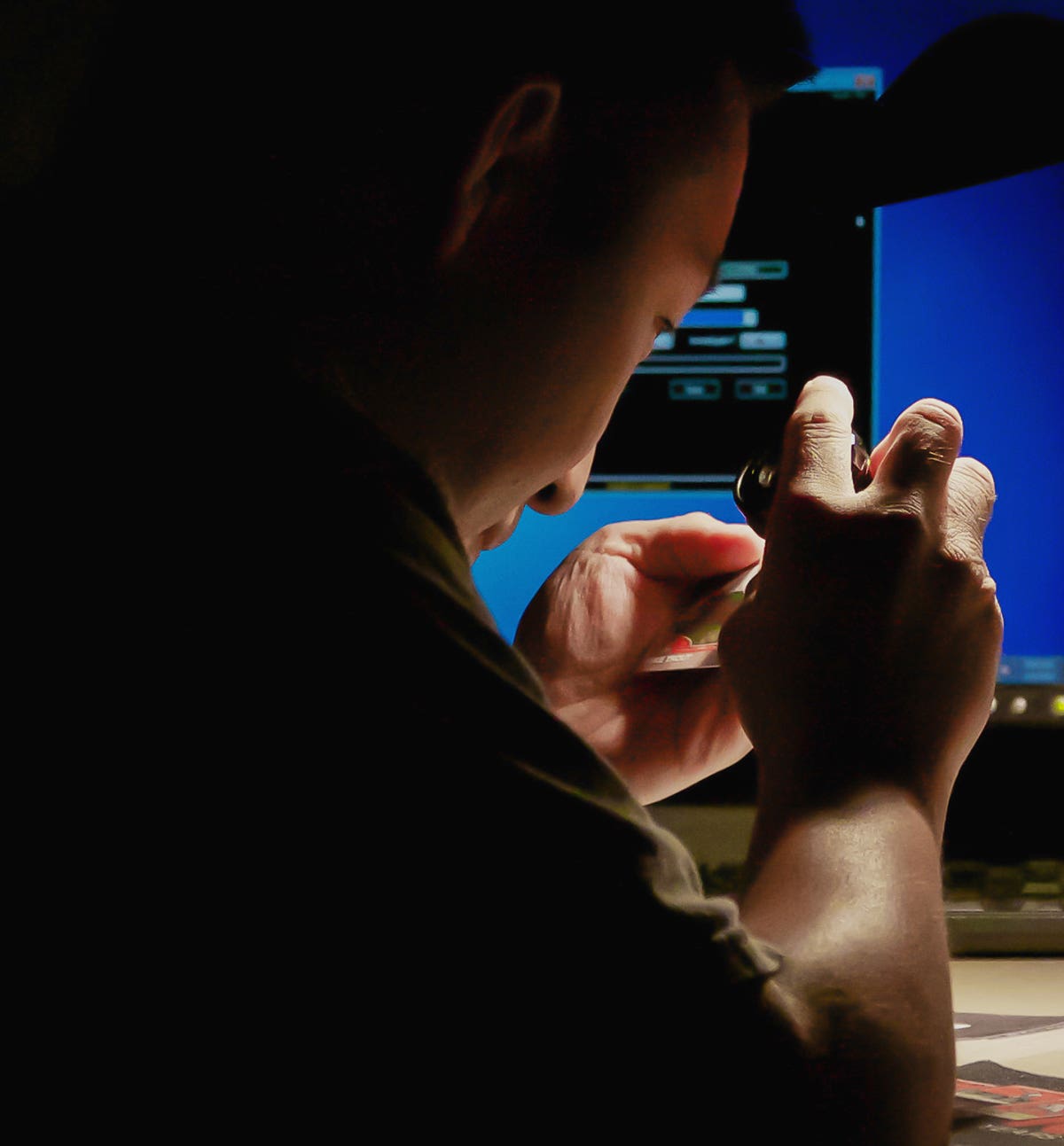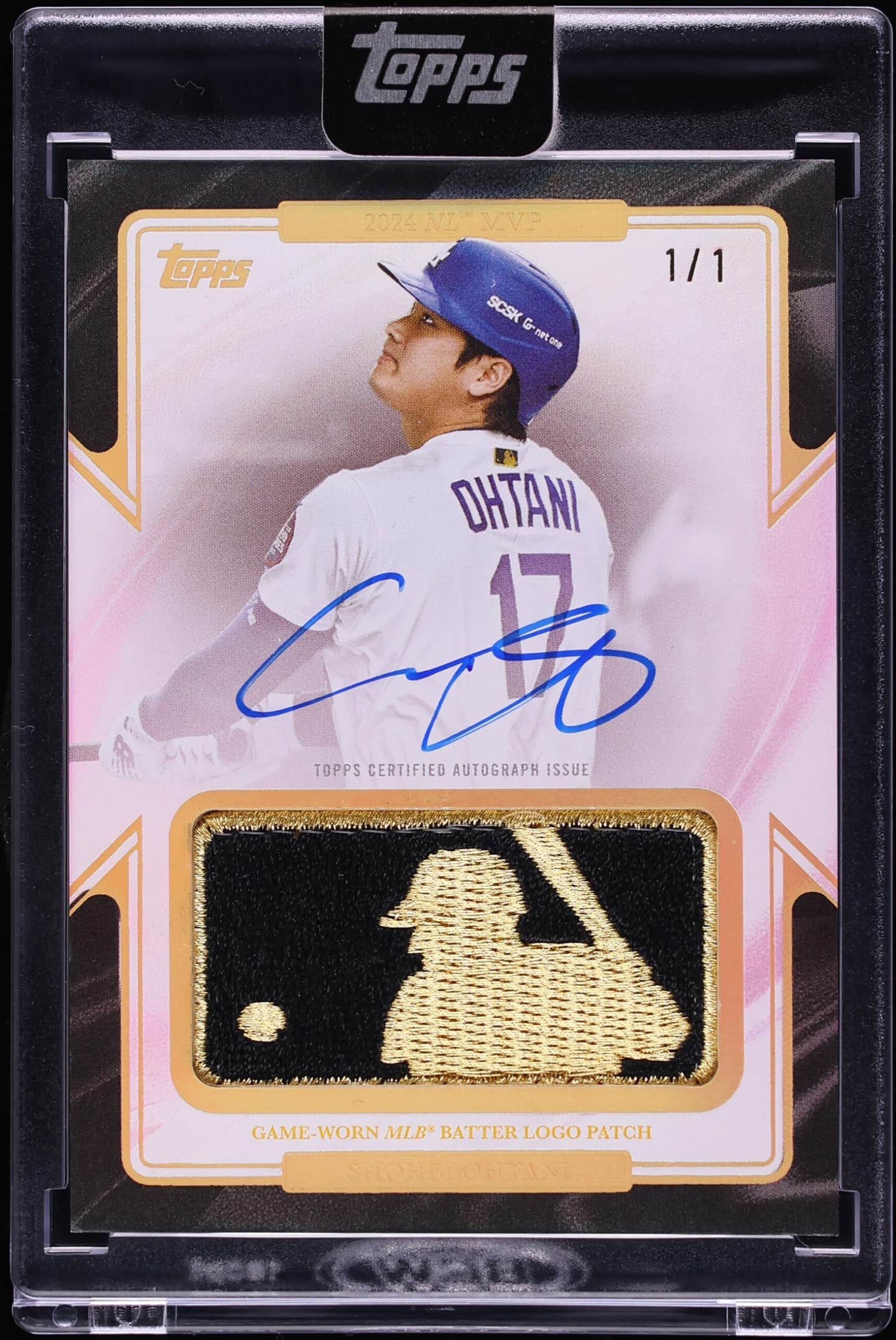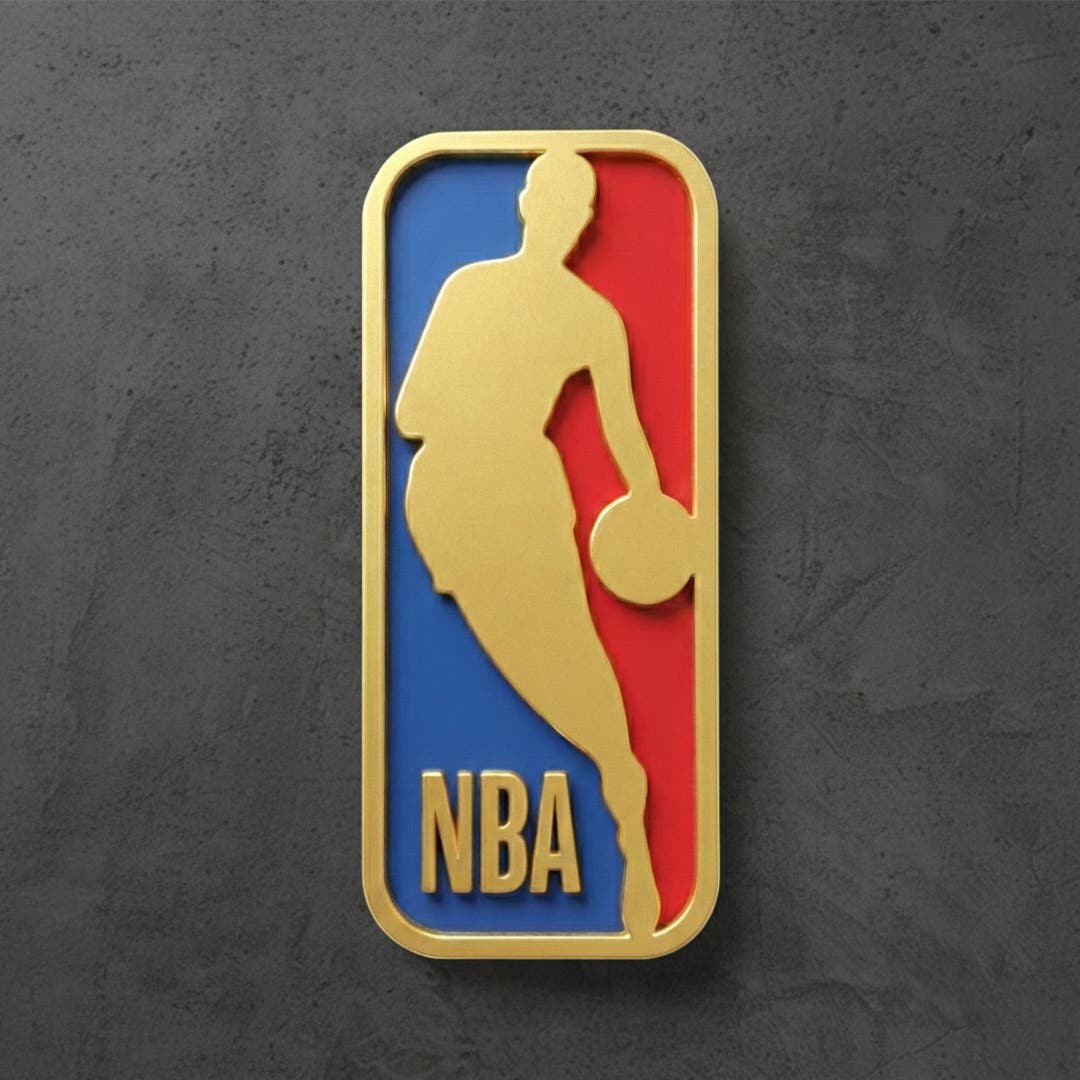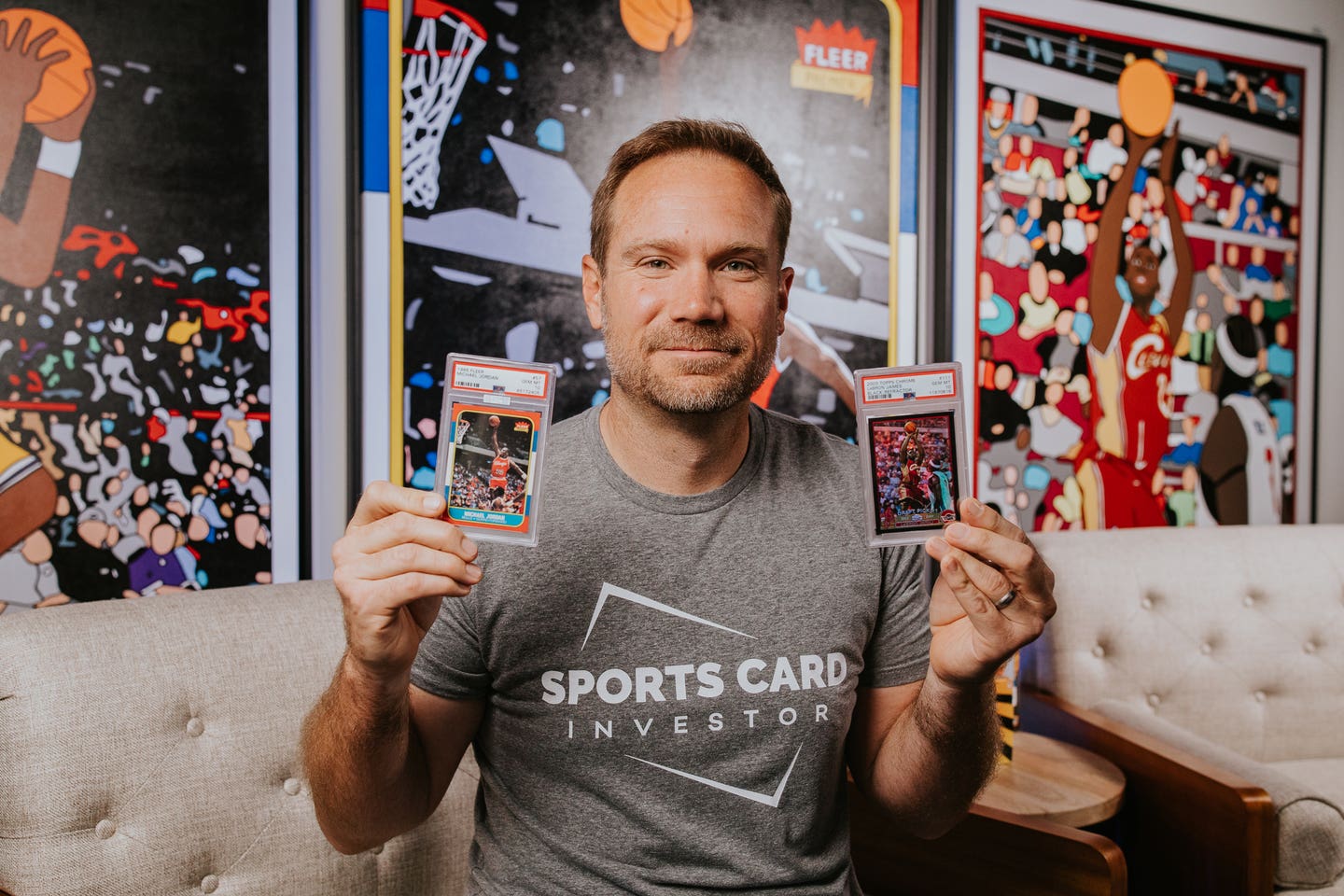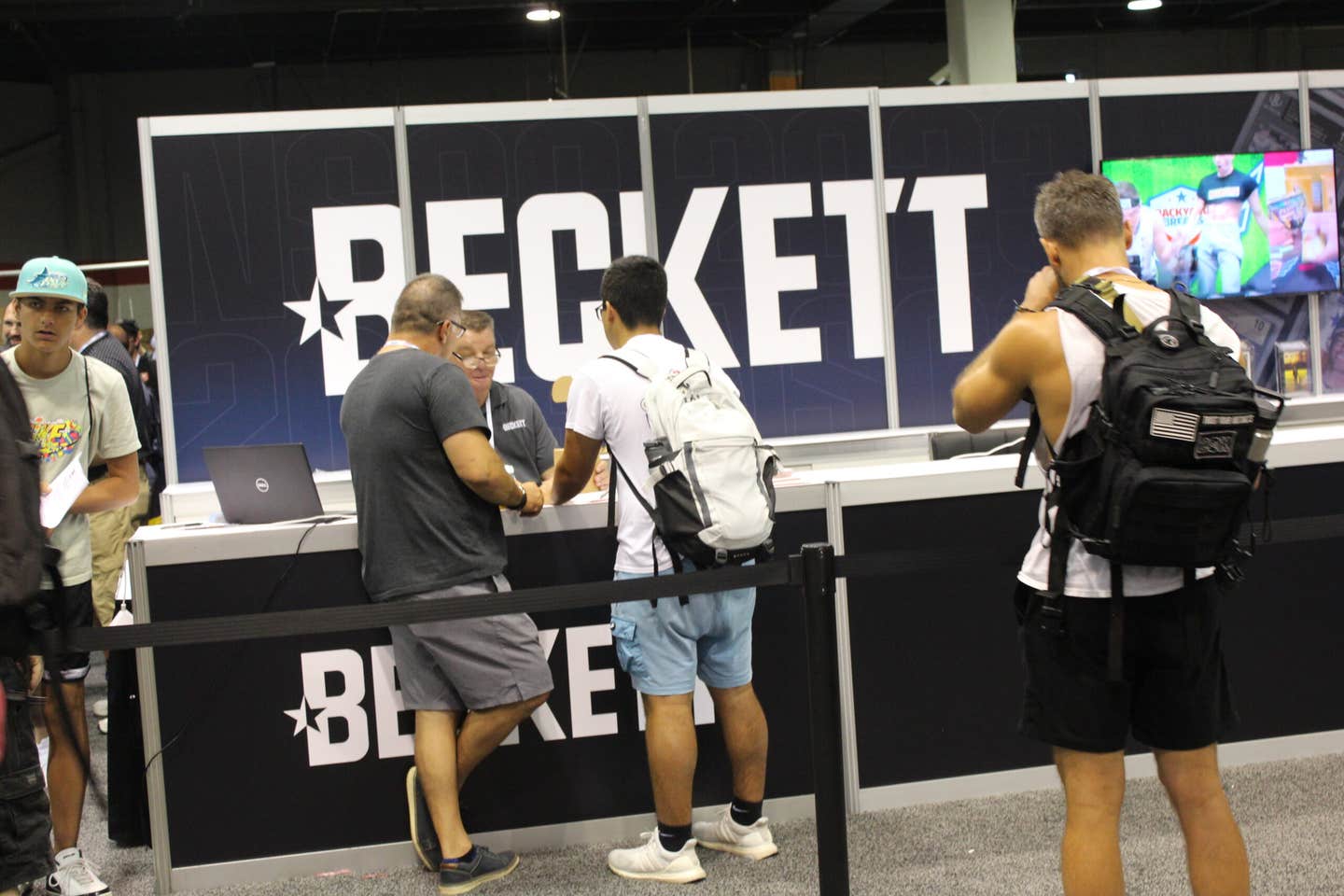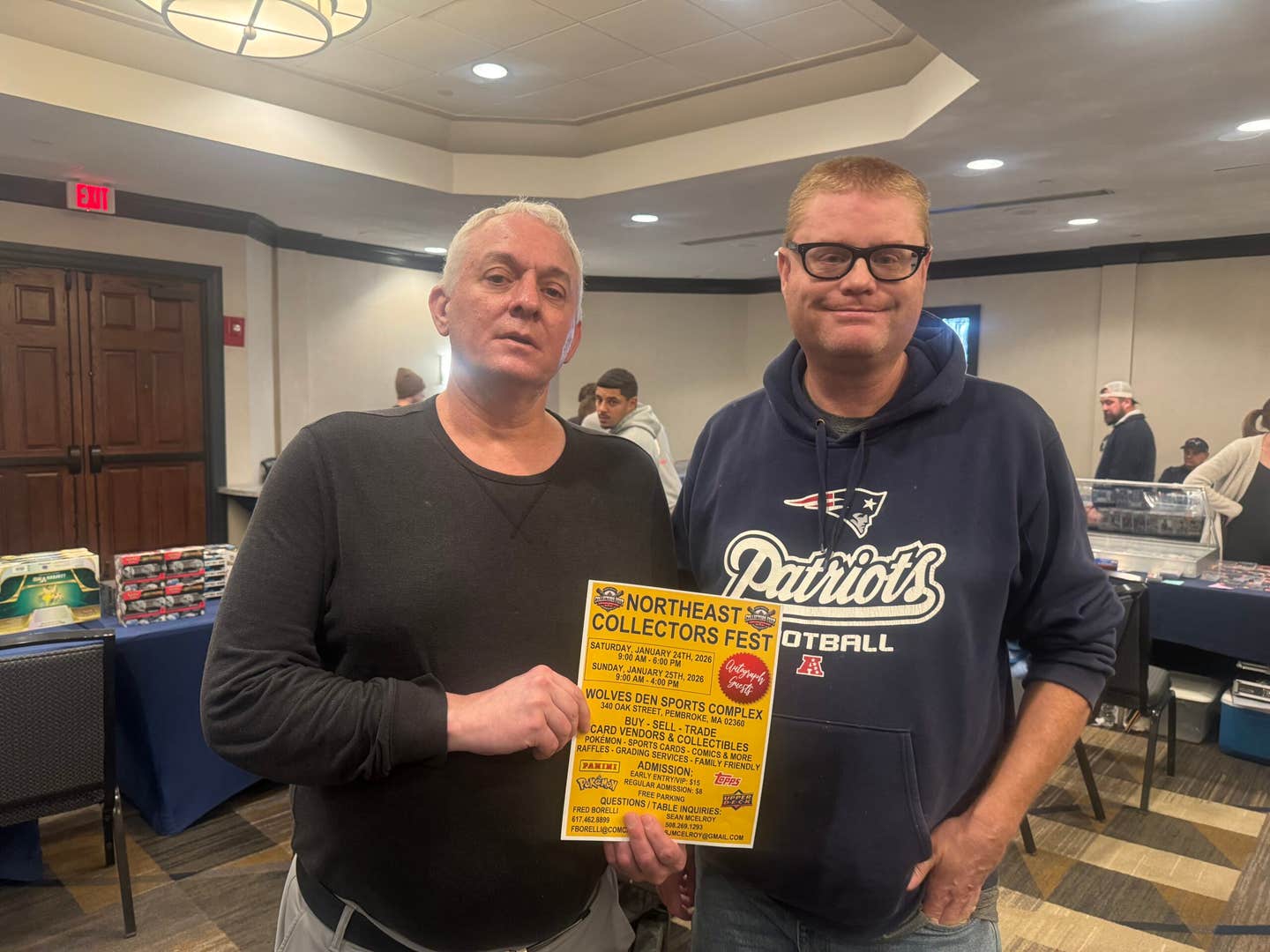News
Collectors and Shop Owners revisit the state of the hobby
(This story originally appeared on the rapidcity.com website)
Danny Lawhon Journal staff rapidcityjournal.com
Of the tens of thousands of sports cards Bill Linseman has held onto over the years, many of them are still valuable.
He could check their prices on eBay and perhaps get decent offers if they’re still in good condition. He could glance at a national guide and see if others’ buying and selling prices are reasonable.
But all Linseman really longs for is the time when sports cards, in general, were really worth something.
Far too often these days the financial aspect of sports memorabilia control collectors’ actions, in his opinion. As he describes his assortment of cards related to Detroit’s professional sports teams, it’s Alan Trammell, Willie Horton and other players of the past that stir up memories and elicit smiles.
Now, he says, nostalgia has been largely forgotten in
favor of the almighty dollar.
Even Linseman is a little guilty. After a long break from collecting, he started paying attention to cards again about 15 years ago. The moment he saw a Ricky Williams chrome rookie card go for $150 on the Internet, a thought ran through his head explaining why he believes an emotional attachment to the objects is fading away.
“Until you started putting the dollar signs on it,” he said, “the card was worth keeping.”
—————
David Lane hasn’t ever been able to fully shake the allure of sports cards. The 63-year-old owner-operator of Heroes Sports Cards and Games in Rapid City said he’s currently “back for my fourth visit” with them.
He collected from the ages of 9 to 12, came back to the cards for a short while in his 20s, did so again in his 30s and then turned his interest into a business in 1987.
He started by renting a front porch of a house-turned-market in California, where he sold $98 worth of cards from a card table in a couple of days. He progressed to an empty jewelry cabinet in a pharmacy, and by 1992, he was in Rapid City and had opened his shop on Mount Rushmore Road.
“My timing was very lucky,” Lane said. “Most people don’t come in during an explosion. I came in during the explosion of a product where I had a near-limitless supply.”
The thought may sound backward for a collectibles business, but Lane insists it’s the truth. When he began the venture, 10,000 cards were considered a short print run. Today, he says a short print run is 25.
In economic terms, the reason for the slash is simple: Rare cards have the rare opportunity to bring in boatloads of cash.
The thought isn’t something out of the blue — hard-to-find sports cards have been the apples of collectors’ eyes for decades. The T206 Honus Wagner card, included in packages of tobacco products about a century ago, was gathering $50 asking prices in the 1930s. Three years ago, one was sold for $2.8 million. Linseman called it sports collectibles’ “Holy Grail.”
Especially over the past 15 years, Lane said the card industry has taken to making autographed and memorabilia cards the stars of boxed sets and individual packs. From portions of uniforms, shirts, bats and shoes to pieces of batting helmets, gloves, game patches and even stadium seats, the cards are designed to make their owners feel as if they’re part of the action.
“The thought is that it brings you closer to the player,” Linseman said. “You know, that he’s actually worn this piece of clothing or used this piece of the bat.”
What those cards have really done, Linseman would argue, is separate the men from the boys, so to speak, in the hobby. For one, having proper awareness on the availability of limited-edition cards is more important than ever to the serious collector.
More important, and more glaring, is the difference in price. A pack of cards would rarely cost more than $2, according to Linesman, when he was collecting as a child. Lane said he was selling packs for a dollar in California.
“Now, in order to find the good stuff, you have to pay at least $5 to $10 a pack,” Lane said.
Having the ability to acquire the really good stuff requires reaching a further price point. Linseman said it’s common to pay $50 for a pack of cards that includes a memorabilia item of $99 or less. He said some packs make further guarantees on prize cards, but they can run up to a staggering $500.
The bottom line? A children’s hobby has transformed into a full-fledged adult business.
“How can a kid afford a $500 pack just to keep up with the Joneses?” Linseman said. “They can’t do it, and they have to settle with what they can get for their allowance.”
—————-
Ten-year-old Hunter Hahn was torn. He and his father, Matt Hahn, were in Lane’s shop on a recent Saturday, and Hunter had $15 to spend. The family moved to Rapid City in 2004, and Hunter was looking to expand his San Diego Chargers collection.
After a bit of negotiating, Hunter brought home about a dozen cards. That’s about an average haul, given his selective interest in cards so far. Hunter’s been collecting for a little more than a year with his dad, and his interest is pretty well defined.
“I like LaDainian Tomlinson the most. I also like Philip Rivers and Drew Brees and collect those more, too,” said Hunter, even though two of those three players now play for different teams. “I also collect other people. I just try to get all the San Diego Chargers I can find.”
Matt has been an on-and-off collector most of his life. He has a substantial Dallas Cowboys card collection that numbers in the thousands, but his favorite memories are from his early years.
The elder Hahn remembered trips to local convenience stores during his youth that would yield 12-to-14-card packs for a couple of quarters. Compared with the current $3 investment that will buy a retail pack of around five cards, Hunter’s eyes lit up.
Later, journeys to swap meets and card shows helped Matt, 39, build his New York Yankees collection, which spanned four decades of play. Matt eventually traded the collection for several thousand dollars and substantial additions to his Cowboys memorabilia.
He switched sports partly because of the Major League Baseball strike in 1994, and partly because of his growing affinity for football. But his reason for collecting echoes his son’s innocent motivations, and that attitude hasn’t changed.
“I guess when you start out playing sports, and then you play sports enough to where you want to be like the people in the pros, you admire them and want to collect their stuff,” Matt said. “I liked the Yankees growing up young. I didn’t watch a lot of the games, but collecting was just fun.
“… My collection of Dallas stuff, it isn’t so much because the autographs are worth this and that. It’s that it’s just fun collecting, and it makes you happy.”
Matt has tried to keep Hunter’s hobby encased in enjoyment. One of Hunter’s schoolmates is also interested in cards, and they’ve gotten together and swapped among their National Football League stacks.
“Mostly we find cards we have two of and brought those with us, and we find cards we didn’t already have,” Hunter said. “We both leave happy.”
—————
The entirety of Don Knudsen’s collection spans a single calendar year: 1991.
When you consider that he’s got roughly between 5,000 and 6,000 sports cards, the number becomes quite impressive. Several yearlong sets of hundreds of cards are nearly, if not fully, complete. The visages of many of the World Series-winning Minnesota Twins pose proudly within a separate picture frame.
But the cards — and a team-autographed Homer Hanky, programs and pennants — are often stowed away, out of sight. For Don and his wife, Lisa, they provide some good memories of that fall. They also bring back tears, a hospital room and one of the lowest times of their lives.
Their son, Josh, who was then 9 years old, had been rushed from Rapid City to the University of Minnesota to be treated for aplastic anemia. The condition occurs when the body stops producing enough new blood cells, according to the Mayo Clinic website.
Prognoses now are more positive for the condition, but in the early ’90s it was often fatal. Josh’s condition worsened in September and October that year.
“On Oct. 12, 1991, there was internal bleeding. And we thought that was the last we were going to see him,” said Don, the memories still visibly choking him up.
But what Don and Lisa call a “miraculous” recovery soon began. By Game 1 of the World Series on
Oct. 19, Josh was well enough that he and his father were able to attend.
Later on, Josh was accompanied by Don for Game 6 at the Metrodome and Lisa for Game 7. All the while, the cards were piling up.
Josh was receiving his fair share of get-well notes, but the sports cards were pouring in. The packs would come by the threes and fours each day, and soon they were stacked all over the room. Something had to be done.
“We’d lay them out on the food table as he ate and go over the checklists,” Lisa said. “He was too sick the majority of the time, though, and in the end it was mostly the games that kept his attention.”
The cards, though, became a gift to Don as well, a way to fill the hours. He’d organize and alphabetize the cards, sorting them by sport and even keeping the duplicates. Michael Jordan had just come off his first title with the Chicago Bulls, so that portion of the collection is extensive.
They’ve hung onto the cards in hopes that they may still have some value, and Don said he wouldn’t throw them away, because “they’re still Josh’s.”
Don and Lisa compared dusting out the memorabilia to opening a time capsule. And encapsulated in those moments of grief are immediate reminders of who they’ve become.
“I see the ordeal. Everything. It’s all right there,” Lisa managed. “Every good and every bad. But that’s what made up our lives. This means hospital room, but also World Series and Homer Hankies and the roar in the Metrodome.”
The fate of the cards may ultimately lie with Josh, who is getting married over Labor Day weekend. Don had briefly thought about taking up card collecting after the experience in Minnesota, but it became too big a burden.
“They’ll just print more. Special categories and sets and series. Home run heroes, prospects, new recruits, rookies to keep an eye on,” Don said. “… I’d get a Chuck Knoblauch card from Topps, and one from this company or that company. How many can you get? How valuable can they be?”
—————
The financial fate of cards may follow memorabilia avenues for years to come, Lane said. But, from avid collectors such as Linseman down to Hunter Hahn, they wish more could be done to get children interested again.
“I’d love to see the hobby getting back to the kids, but I don’t see it going that way,” Linseman said. “… You’d have to organize something where kids could meet at a particular place on a trade day, take their cards and trade instead of sell.”
Even if the more sought-after cards were available at a youth-friendly price, it’s tough to gauge whether the trade could catch on again in an age of technological overload. Despite his earnest interest in cards, Hunter said he spends just as much time texting, playing games and surfing the Web as he does with his collection.
Matt Hahn said parents seem more willing to spend on technology, as well.
“Not all parents would support (card collecting),” he said. “And oddly enough, parents spend $200 like that on a new Xbox rather than something that could have value down the road.”
Meanwhile, card shops are having a hard time matching the competition. Lane said he’s seen the second-worst day in the history of the shop within the past month.
“When I came to town there were six card shops, and 33 shops within 300 miles of here,” Lane said. “Now, there are four, and only one within 260 miles.”
Lane believes that the next great advancement for sport cards would need to involve interactivity. He envisioned a card that would have video capabilities, with the press of a button showing career highlights or moments from the past year. Matt agrees that such an idea would attract interest, but he wonders if the technology would be affordable anytime soon.
“A sport card is going to talk to you someday,” Lane said. “There’ll be sound on that video chip. It’s going to be exciting.”
Until that day, collectors and shop owners alike will have to wait, hoping their childhood memories aren’t remnants of a vanishing era.
MORE RESOURCES FOR SPORTS COLLECTORS
- Get current market values for 400,000+ baseball cards issued between '81 & '09
- Get the Ultimate Yankee package
- Interact with other sports collectors in Tuff Stuff's online forum
- Sign up for your FREE email newsletter from Tuff Stuff
- Read the latest 7th Inning Stretch Blog from Tuff Stuff Editor Scott Fragale



